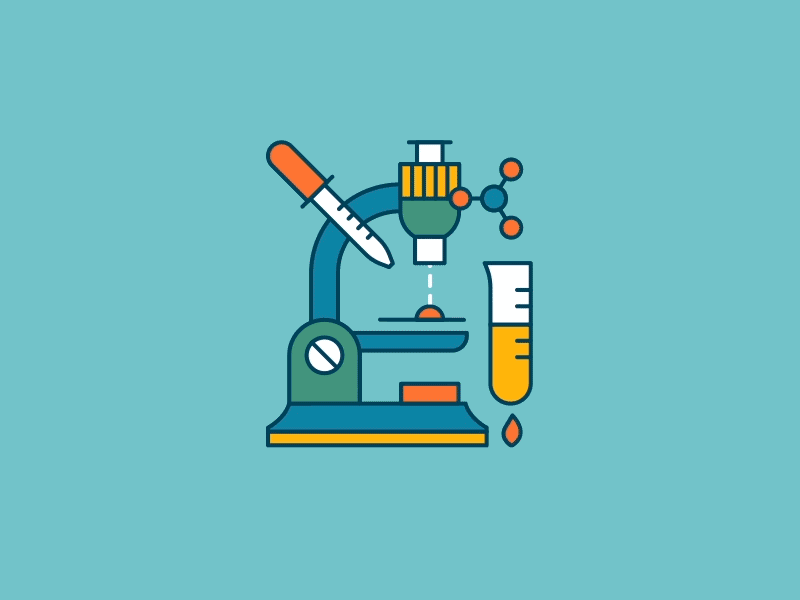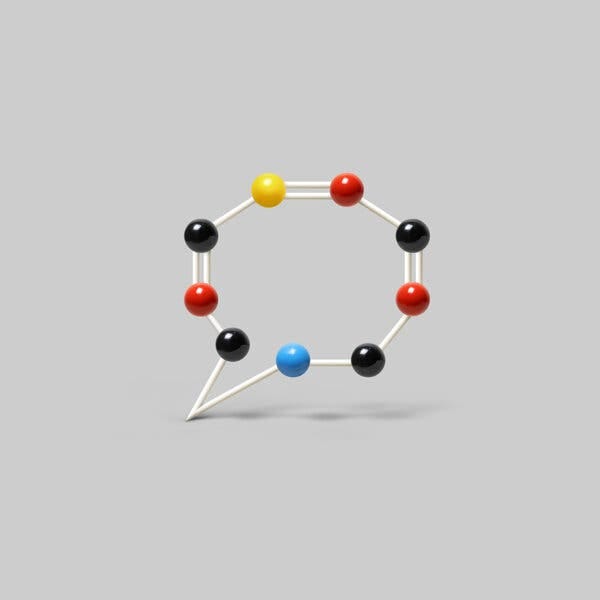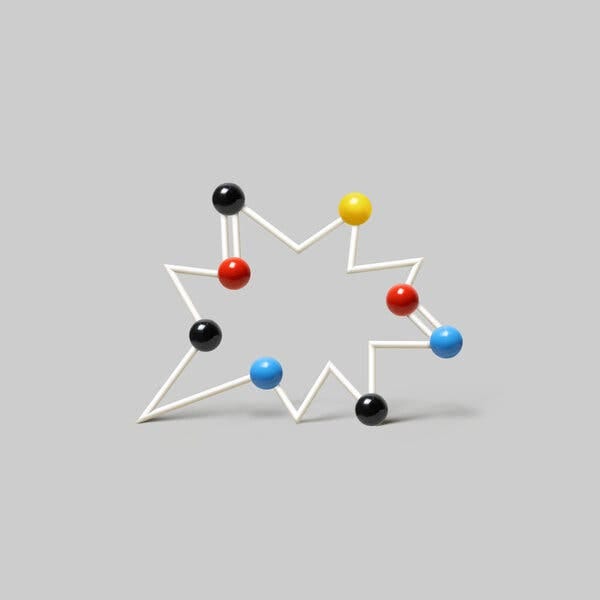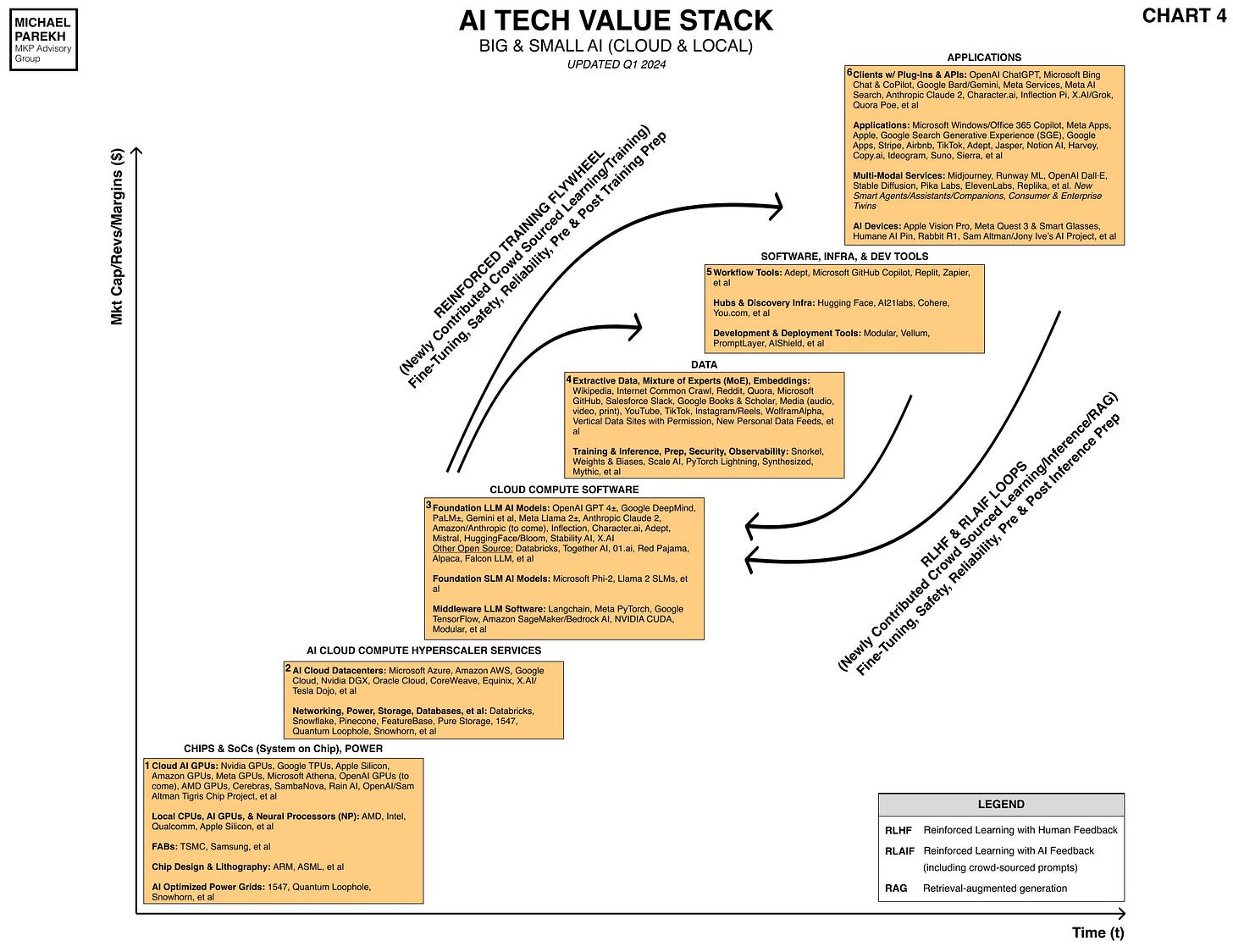AI: The AI Science of the Possible
...Generative AI is turning processes in Scientific Arts into a Science
Beginning of this year, in “AI: Science Benefits Ahead”, I wrote about the intense ongoing activity underway with foundational LLM AI models around basic and applied science applications across a variety of disciplines. This in particular included fields like Healthcare, Applied Materials and a range of other disciplines.
My attention was drawn to this topic again with the NYTimes piece “AI is Learning What it means to be Alive”:
“Given troves of data about genes and cells, A.I. models have made some surprising discoveries. What could they teach us someday?”
It goes in depth into the many ways AI is making a difference as a disruptive tool to unearth entirely new discoveries in science applications that for decades have been a non-stop ‘trial and error’ and ‘hit and miss’ series of explorations that took decades. Now that time is being shortened in some cases to weeks.
The specific stories are worth understanding:
“In 1889, a French doctor named Francois-Gilbert Viault climbed down from a mountain in the Andes, drew blood from his arm and inspected it under a microscope. Dr. Viault’s red blood cells, which ferry oxygen, had surged 42 percent. He had discovered a mysterious power of the human body: When it needs more of these crucial cells, it can make them on demand.”
“In the early 1900s, scientists theorized that a hormone was the cause. They called the theoretical hormone erythropoietin, or “red maker” in Greek. Seven decades later, researchers found actual erythropoietin after filtering 670 gallons of urine.”
“And about 50 years after that, biologists in Israel announced they had found a rare kidney cell that makes the hormone when oxygen drops too low. It’s called the Norn cell, named after the Norse deities who were believed to control human fate.”
“It took humans 134 years to discover Norn cells. Last summer, computers in California discovered them on their own in just six weeks.”
“The discovery came about when researchers at Stanford programmed the computers to teach themselves biology. The computers ran an artificial intelligence program similar to ChatGPT, the popular bot that became fluent with language after training on billions of pieces of text from the internet. But the Stanford researchers trained their computers on raw data about millions of real cells and their chemical and genetic makeup.”
“The researchers did not tell the computers what these measurements meant. They did not explain that different kinds of cells have different biochemical profiles. They did not define which cells catch light in our eyes, for example, or which ones make antibodies.”
“The computers crunched the data on their own, creating a model of all the cells based on their similarity to each other in a vast, multidimensional space. When the machines were done, they had learned an astonishing amount. They could classify a cell they had never seen before as one of over 1,000 different types. One of those was the Norn cell.”
The above story is not a one-off. The piece goes on to give a number of other similar examples of where Generative AI applied to fresh data, and thoughtful experimentation is yielding unexpected discoveries and results in unearthing new results than prior ways. And the whole piece is worth reading in all its detail.
But the broader point is that while we all wait for the next mainstream applications of LLM AI models and technologies at scale beyond ChatGPT, it’s easy to miss the wide range of possible experiment underway on using Generative AI on deep science applications. In all their eventual multi-modal user interfaces and experiences.
Foundation AI technologies are a deep process technology as well as being a way to create an entire class of computing applications and services for consumers and businesses for billions at scale. The holy grail Box 6 below in the AI Tech Wave chart I discuss often in these pages.
But it’s easy to forget the broader and deeper ways Generative AI is being applied in force in a variety of scientific processes across disciplines. And the impact from those efforts are potentially as important as the mainstream AI applications. Stay tuned.
(NOTE: The discussions here are for information purposes only, and not meant as investment advice at any time. Thanks for joining us here)






